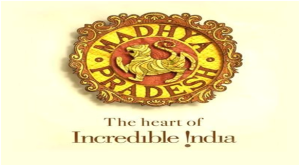
(This achievement has come as a result of sustained efforts by the Madhya Pradesh Tourism Board, and the recognition was granted by Sangeet Natak Akademi, India’s nodal agency for UNESCO’s ICH program.)
TTT NEWS NETWORK
BHOPAL, 8 JUNE 2025
In a major step towards global recognition of Madhya Pradesh’s rich cultural heritage, three traditional practices from the state — Bhagoria Tribal Dance, Gond Tribal Painting, and the spiritual pilgrimage of Narmada Parikrama — have been included in the National List of Intangible Cultural Heritage (ICH) of India. This achievement has come as a result of sustained efforts by the Madhya Pradesh Tourism Board, and the recognition was granted by Sangeet Natak Akademi, India’s nodal agency for UNESCO’s ICH program.
These three elements have now been officially recognized as part of India’s intangible cultural identity, and in the coming years, may be nominated for inclusion in UNESCO’s Representative List of the Intangible Cultural Heritage of Humanity.
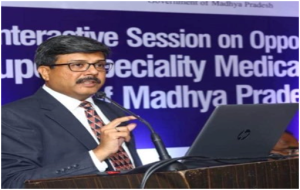
Expressing satisfaction over the inclusion, Principal Secretary, Tourism, Culture, and Religious Trusts & Endowments Department, and Managing Director, Madhya Pradesh Tourism Board Mr. Sheo Shekhar Shukla, said, “Under the guidance of Chief Minister Dr. Mohan Yadav, we are committed to bringing Madhya Pradesh’s cultural and traditional heritage to the global stage. This recognition is a result of those consistent efforts and a proud moment for the state.” He further added that this recognition will position these traditions as key attractions for international cultural tourism.
Understanding Intangible Cultural Heritage:
Intangible Cultural Heritage (ICH) refers to living traditions — including customs, practices, knowledge systems, and expressions — passed down through generations. Unlike tangible heritage such as monuments or artifacts, ICH includes oral traditions, performing arts, festivals, social practices, knowledge of nature, and traditional craftsmanship that form the cultural fabric of a community.
Madhya Pradesh Intangible Cultural Heritage, the blunt times:
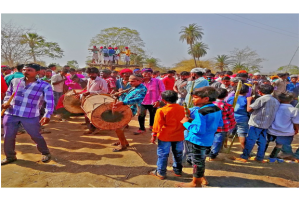
Application Submitted by MP Tourism Board-
Applications for inclusion in the National ICH List are submitted to the Sangeet Natak Akademi, which maintains the list on behalf of UNESCO. The Madhya Pradesh Tourism Board submitted nominations in 2024 for Bhagoria Dance, Gond Painting, and Narmada Parikrama under the Intangible Cultural Heritage category, leading to their recent inclusion.
About the Recognized Cultural Traditions
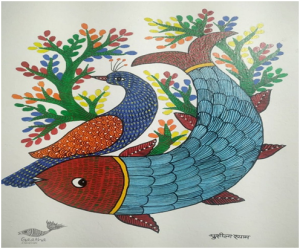
Gond Tribal Painting – Patangarh’s Artistic Legacy:
The Gond tribal painting tradition from Patangarh represents an unbroken cultural lineage preserved by the local Gond communities for over 1,400 years. The art vividly reflects the tribe’s close connection with nature and cosmology. Be it murals, canvases, or utilitarian objects, these artworks use natural colors, intricate line work, and symbolic representations of trees, animals, the sun, moon, and celestial bodies. Passed from one generation to the next, some large-scale works take between two days to two months to complete, often involving multiple artists in collaboration.
Narmada Parikrama – A Sacred Pilgrimage of 3,500 km:
The Narmada Parikrama is a spiritual journey that involves circumambulating the sacred Narmada River, covering approximately 3,500 kilometers barefoot. The pilgrimage, rooted in ancient texts and epics, starts from Amarkantak, the river’s origin, and returns to the same point. Devotees chant “Narmade Har!” throughout the journey, which takes six to eight months. The route passes through numerous ancient ghats, temples, and spiritually significant sites. Omkareshwar, one of the twelve Jyotirlingas, is visited upon completion. The pilgrimage is not only an act of religious devotion but also a profound cultural expression of India’s spiritual continuity.
Bhagoria Tribal Dance – A Festival of Joy, Love, and Tradition:
Celebrated by the Bhil, Bhilala, and Patelia tribal communities, the Bhagoria Dance and Festival are held seven days before Holi. It marks both the harvest season and a vibrant celebration of tribal identity. Men in dhotis and turbans, and women in ghagras with traditional silver jewelry, gather in village centers, playing instruments like mandar, bamboo flutes, kundis, and brass plates, and perform group dances. The festival is believed to have started as a form of worship of Lord Shiva and Goddess Parvati, and is now a colorful, unifying social event.
Cultural Recognition and International Promotion:
The inclusion of these traditions in the National ICH List enhances Madhya Pradesh’s positioning as a culturally vibrant and diverse state, and aligns with India’s broader objective to promote its intangible heritage globally.
With this latest recognition, Madhya Pradesh further strengthens its image as the “Heart of Incredible India”, committed to preserving and celebrating its living cultural traditions.

Advertisement:


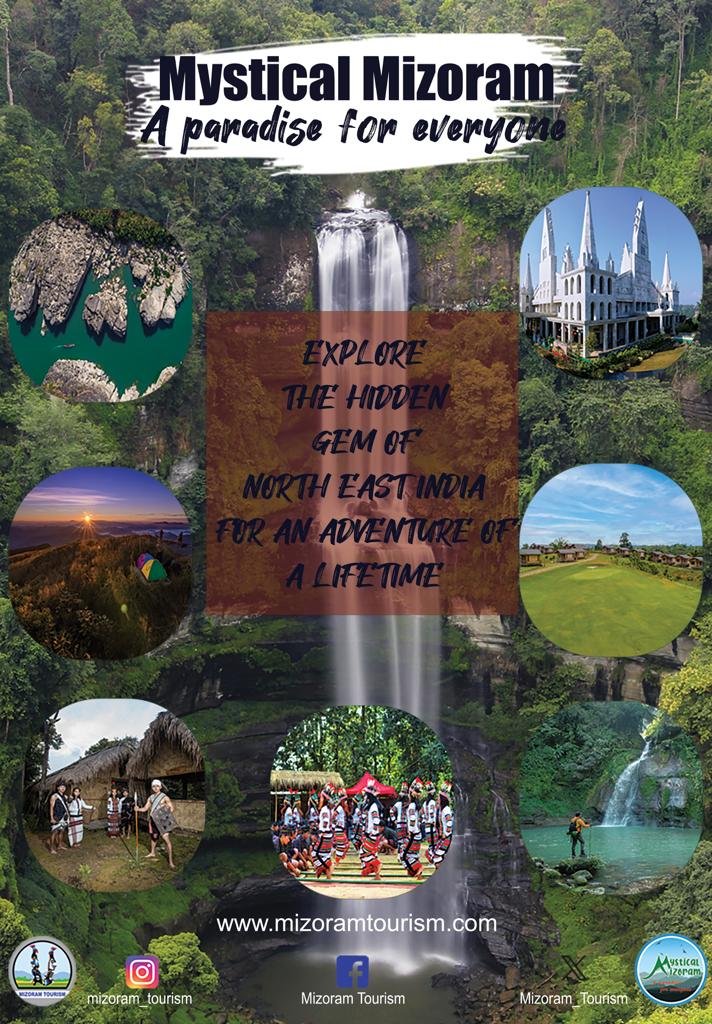
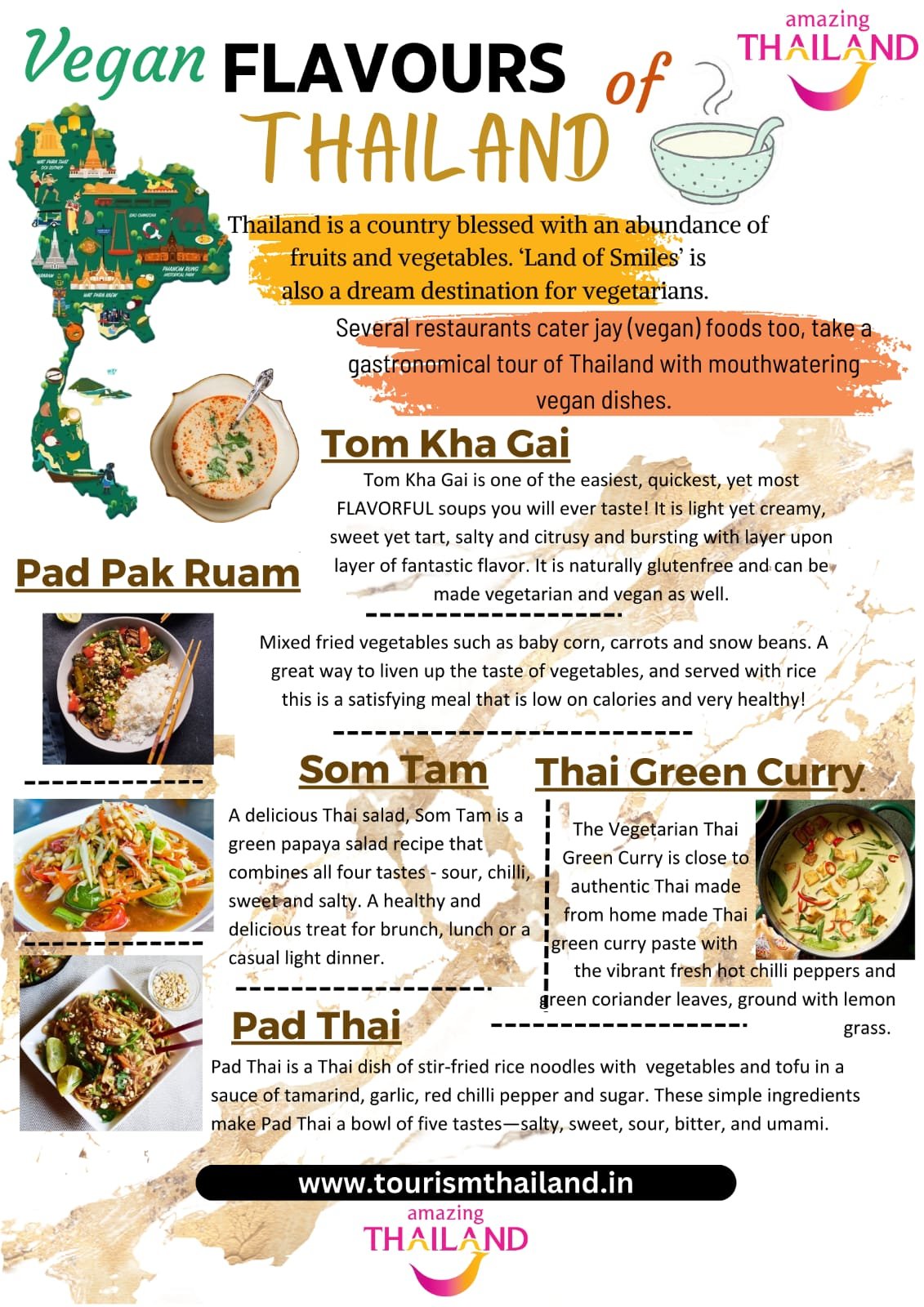
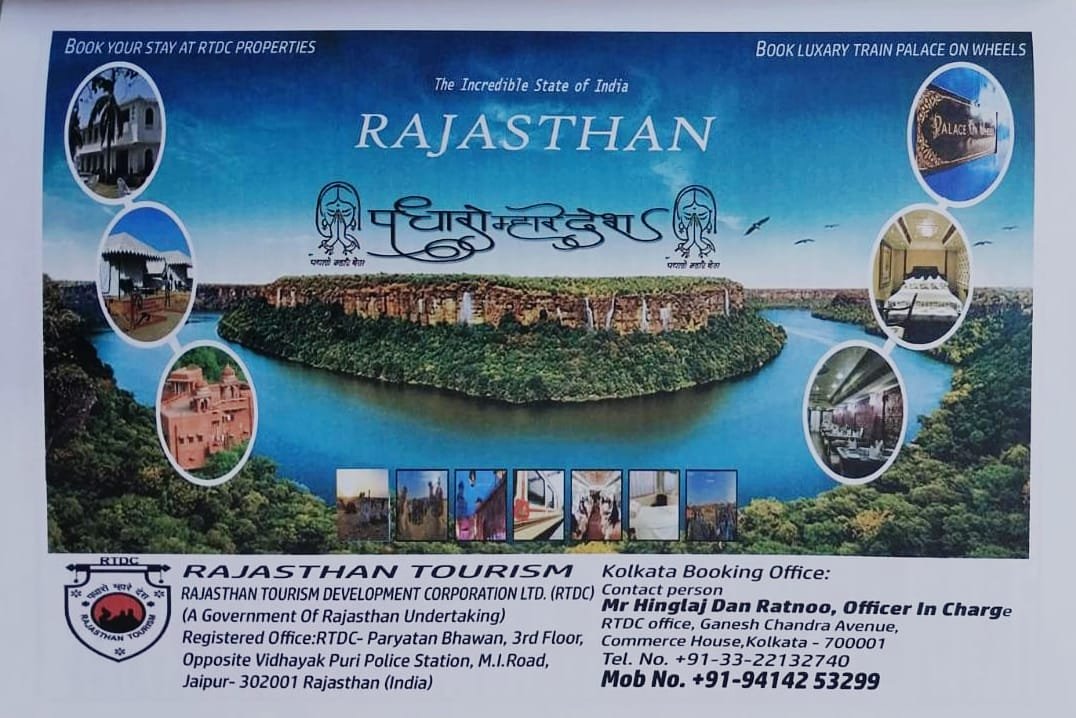





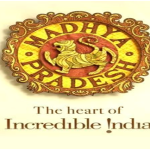


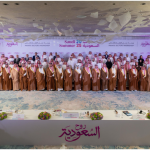











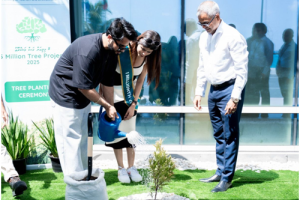
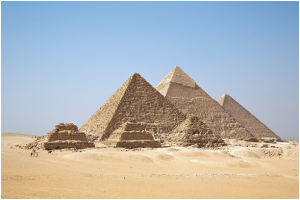








Add Comment